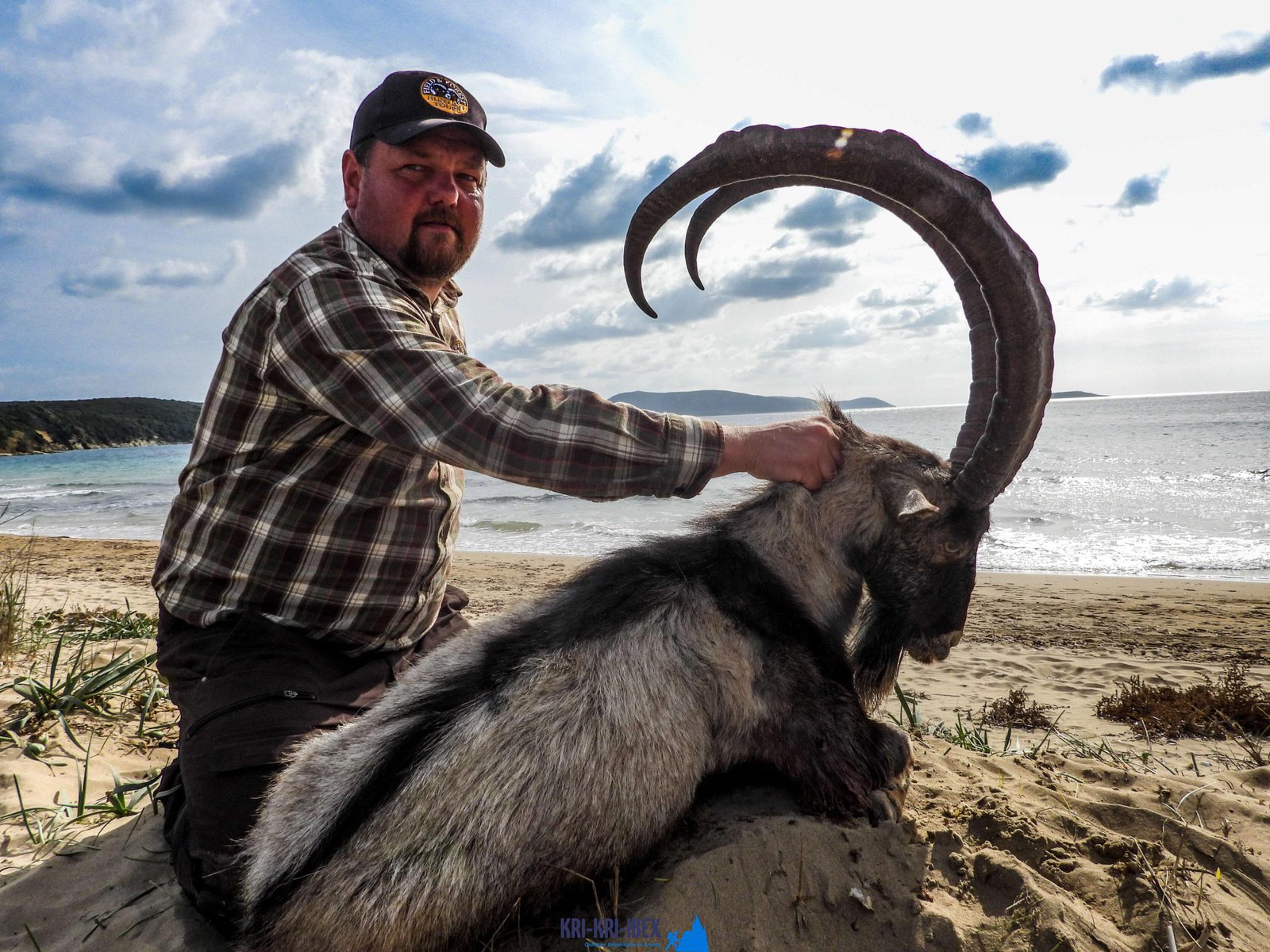Kri-kri ibex hunting in Greece
Kri-kri ibex hunting in Greece
Blog Article

The Peloponnese peninsula on the Greek Mainland is typically described as the 'genuine' Greece. Since it has actually handled to remain reasonably untouched by mass tourism and preserves a lot of its conventional appeal, this is. Peloponnese is the place for you if you're looking for an authentic Greek experience. As well as what better way to explore this lovely region than on among our outdoor searching, fishing, as well as totally free diving trips?

Hunting the kri kri ibex in Greece is a difficult task, specifically if you're an international seeker. You must be a neighborhood seeker in order to hunt kri kri ibex, which can only be fired in specific thoroughly protected searching areas like particular islands. On two islands, 150 kilometers/ Atalanty/ as well as 300 kilometers/ Sapientza/ from Athens, we provide the chance to hunt this fantastic creature. It is only shot in unique searching areas from early morning until midday, according to Greek regulation. Just shotguns might be utilized, and just slugs might be made use of. Slugs are the only ammunition allowed. To assure that just serious seekers are allowed on these expeditions, you must book a year in advance for your permit. The licenses are provided by the Greek Ministry of Nature and also Agriculture and also the federal government problems a specific number annually.
Our outdoor searching, fishing, as well as totally free diving trips are the perfect way to see whatever that Peloponnese needs to use. These trips are made for tourists that wish to get off the beaten path and truly experience all that this extraordinary region needs to supply. You'll get to go hunting in some of the most beautiful wilderness areas in Greece, fish in crystal-clear waters for a range of various varieties, and totally free dive in several of the most magnificent shoreline in the Mediterranean. And also best of all, our seasoned guides will exist with you every action of the method to ensure that you have a safe as well as satisfying experience.
Experience 'Real' Greece with Our Peloponnese Tours. If you're seeking an authentic Greek experience, look no further than our Peloponnese tours. From old damages and castles to scrumptious food as well as a glass of wine, we'll reveal you everything that this remarkable region needs to provide. What are you waiting for? Reserve your journey today! Your Kri Kri ibex hunting in Greece is below!
What is the diference between Kri Kri ibex, Bezoar ibex and hybrid ibex
The kri-kri is not thought to be indigenous to Crete, most likely having been imported to the island during the time of the Minoan civilization. Nevertheless, it is found nowhere else and is therefore endemic to Crete. It was common throughout the Aegean but the peaks of the 8,000 ft (2,400 m) White Mountains of Western Crete are their last strongholds–particularly a series of almost vertical 3,000 ft (900 m) cliffs called ‘the Untrodden’—at the head of the Samaria Gorge. This mountain range, which hosts another 14 endemic animal species, is protected as a UNESCO Biosphere Reserve. In total, their range extends to the White Mountains, the Samaria National Forest and the islets of Dia, Thodorou, and Agii Pandes.
This Ibex is NOT a diminutive form of the Bezoar Ibex, which has migrated into the western-most reach of the range of this species. The kri – kri (Capra aegagrus cretica), sometimes called the Cretan goat, Agrimi, or Cretan Ibex, is a feral goat inhabiting the Eastern Mediterranean, previously considered a subspecies of wild goat. The kri-kri has a light brownish coat with a darker band around its neck. It has two horns that sweep back from the head. In the wild they are shy and avoid tourists, resting during the day. The animal can leap some distance or climb seemingly sheer cliffs.
“The agrimi goat Capra aegagrus cretica is unique to Crete and its offshore islands. It has been identi®ed as a sub-species of the wild bezoar goat Capra aegagrus aegagrus Erxleben, 1777, which it closely resembles in horn shape, body form and coloration. This classi®cation has been disputed by some researchers who claim that the agrimi are feral goats, derived from early domestic stock brought to the island by the ®rst Neolithic settlers. In order to clarify this issue, DNA analyses (cytochrome b and D loop sequences) were carried out on tissue of live and skeletonized agrimi and compared to sequences of wild and domestic caprines. Results conclusively show the agrimi to be a feral animal, that clades with domestic goats (Capra hircus) rather than with wild Asiatic bezoar. This study demonstrates that morphometric criteria do not necessarily re¯ect genetic af®nities, and that the taxonomic classi®cation of agrimi should be revised.”
Report this page